Introduction
The use of night vision and thermal technology for hunting purposes is on the rise. During the day, most of the wild animals remain in the forest, hidden from the human eye. They come out at dawn or at night to graze in the meadows. Under these circumstances, a standard day riflescope is not of much use. A night vision or thermal device, on the other hand, opens a whole new world for the hunter. Such devices have also proved to be useful in preventing the spread of African swine fever – with this deadly disease on the rise, it is of crucial importance to reduce the population of wild boars to a level where the probability of it spreading is greatly reduced.

The manufacturers produce monoculars, binoculars, riflescopes, and riflescope clip-ons of this type. In certain countries, the use of night vision and thermal riflescopes for hunting purposes is prohibited. The manufacturers thus offer clip-ons, the use of which is not as controversial and legal in many places. Furthermore, the clip-ons are the most universal category as they can often be used as a monocular as well. Before purchasing a night vision or thermal device, check whether it is legal to use it for hunting purposes in your country/hunting ground.

There are several important factors that one must pay attention to before buying an adapter to link night vision or thermal clip-on with a riflescope.
Firstly, the riflescope must not have a parallax adjustment ring on the objective as there is not enough mounting surface for a clip-on adapter on such riflescopes.
Secondly, the riflescope’s lowest magnification power must not exceed 8x as the field of view is too narrow when the devices are paired. Furthermore, it is impossible to see all the information on the display of the clip-on.
To mount a clip-on on a riflescope, it is important to know the outer objective diameter of the riflescope, not the diameter of the objective lens. One cannot automatically make out the outer objective diameter based on diameter of the objective lens. For example, if the diameter of the objective lens of a riflescope is 50 mm, the outer objective diameter can be anywhere from 56 to 60 mm. The same goes for riflescopes with an objective lens that measures 56 mm in diameter – the outer objective diameter can be anywhere from 62 to 66 mm, etc. The adapters are designed for both NV and thermal clip-ons made by various manufacturers – make sure the purchase the appropriate one.

Our customers still mix up the terms ‘objective lens diameter’ and ‘outer objective diameter’. With this article, we aim to put the confusion to an end. Instead of having to use the measuring tool, the customers simply find their riflescope and the corresponding outer objective diameter in the chart, saving time and avoiding a potential measurement error.

Adapter numbers
Each adapter has a number next to its name. Pulsar is the only adapter manufacturer where the number corresponds to the diameter of the riflescope’s objective lens (Pulsar FN cover ring adapter marked ‘56’ is thus suitable for riflescopes with an outer objective diameter of around 60–65 mm). All other adapter manufacturers provide numbers that correspond to the outer objective diameter of the riflescope (a Smartclip adapter marked with ‘56’, for example, can be paired with riflescopes that have an outer objective diameter of 56 mm).

Some values of the outer objective diameters are often referred to as standard because they are used by so many riflescope manufacturers. The most commonly used diameters are:
- 48 mm,
- 56 mm
- 62 mm.

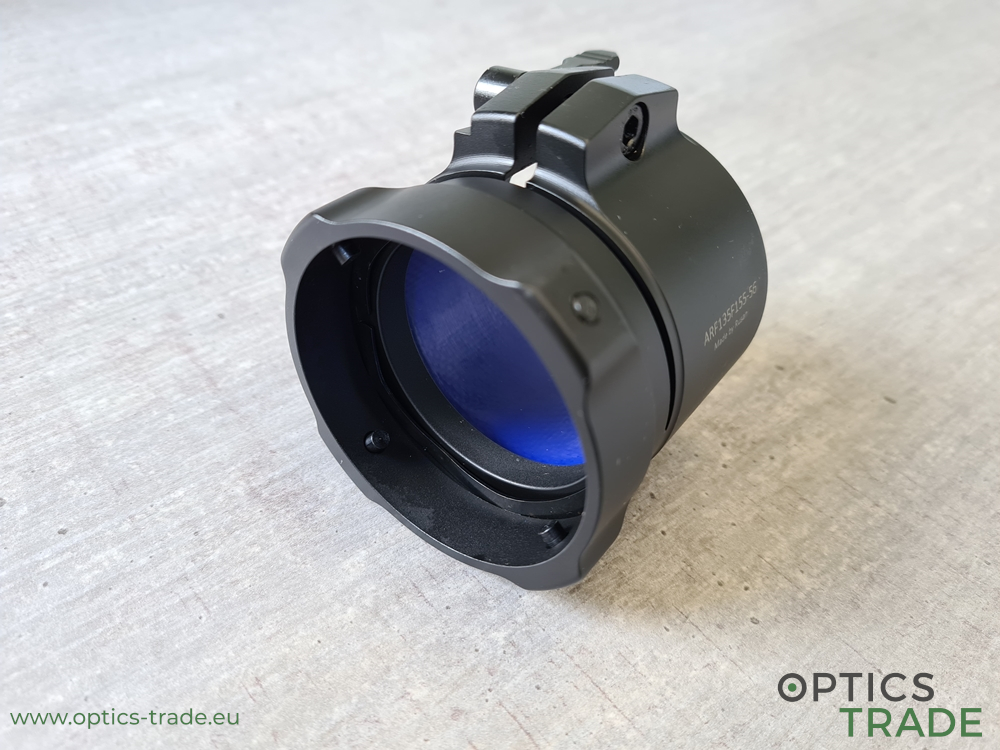

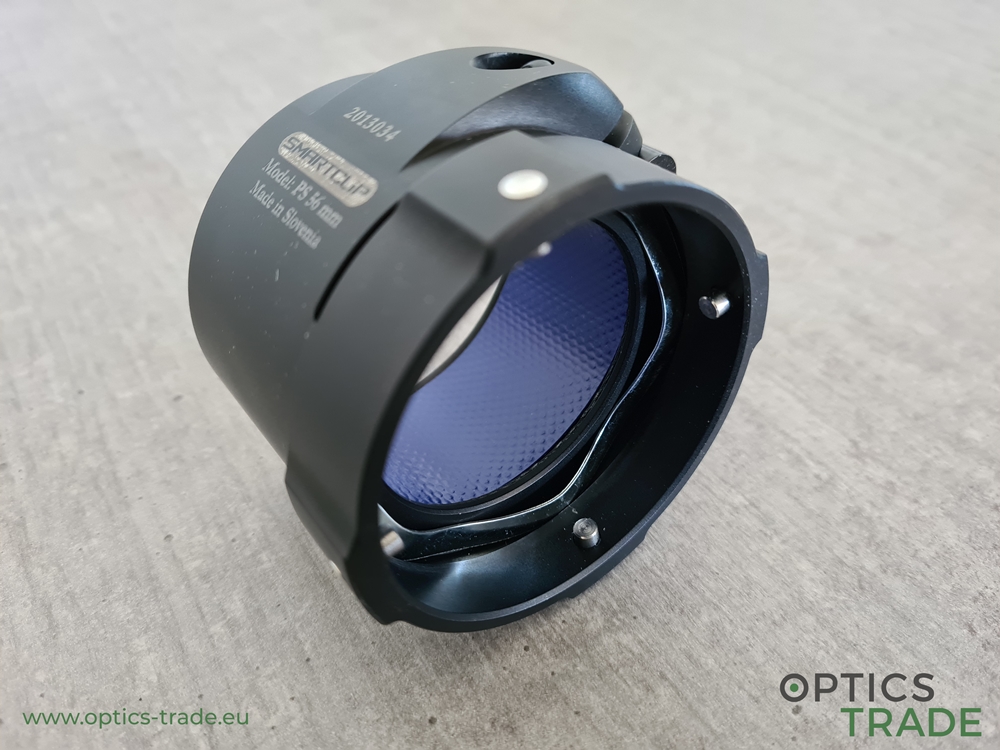
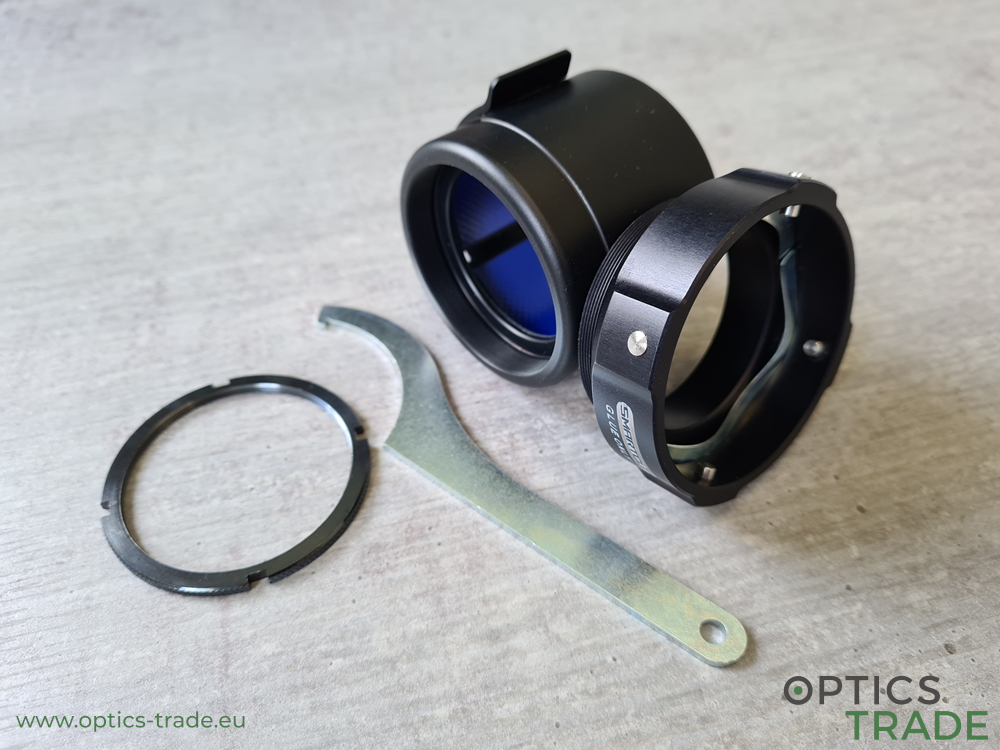
Riflescopes’ outer objective diameters chart
Below, the riflescope manufacturing companies are arranged alphabetically. Under each brand section, the riflescope series are listed, followed by models with corresponding objective diameters. Please note that not all manufacturers are listed – this is an ongoing project, and as soon as we receive information on models missing from this chart, we will add them.
We encourage you, our readers, to provide us with the outer objective diameters of riflescopes missing from the chart. You can send the value(s) to [email protected] and they will be added. Also, we kindly ask you to notify us if you spot a mistake and contact us in case you have any questions regarding the topic. Thank you in advance.
Conclusion
To sum up, this is how to use this guide:
- Check whether your riflescope has an adjustable objective ring – if it does, you won’t be able to mount the adapter!
- Keep in mind that the magnification of your riflescope should not be greater than 8x if you want to realize the full potential of the clip-on!
- Look for your riflescope in the chart to find out its objective diameter. Alternatively, you can measure the outer objective diameter with a measuring tool.
- Purchase an appropriate adapter. Keep in mind that some manufacturers, such as Pulsar, list the diameter of the objective lens in the adapter name instead of the outer objective diameter. Most, however, use the outer objective diameter as it is less confusing.
You can contact us ([email protected]) if you require help or wish to get additional information on the topic.
Picture gallery










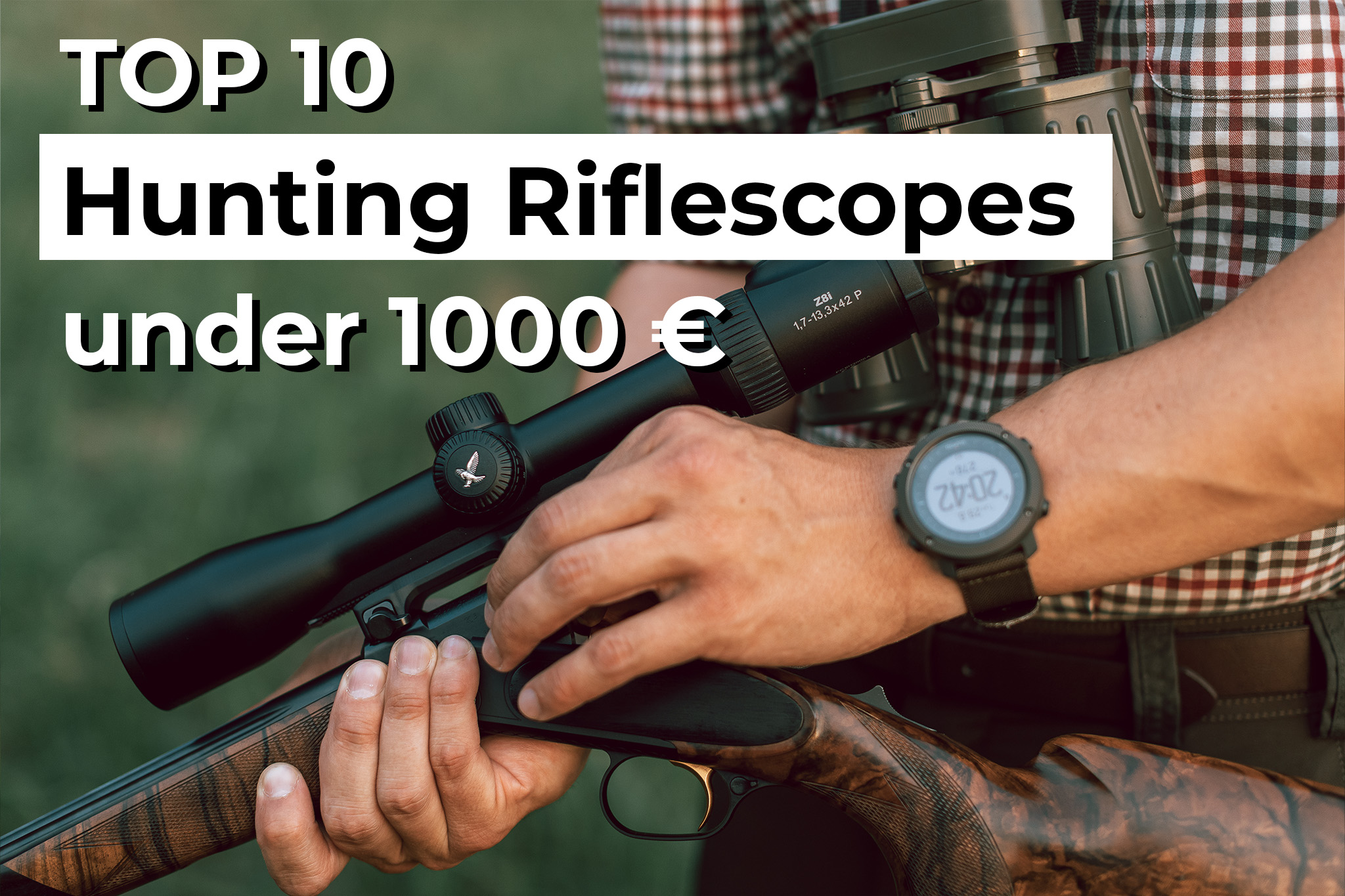
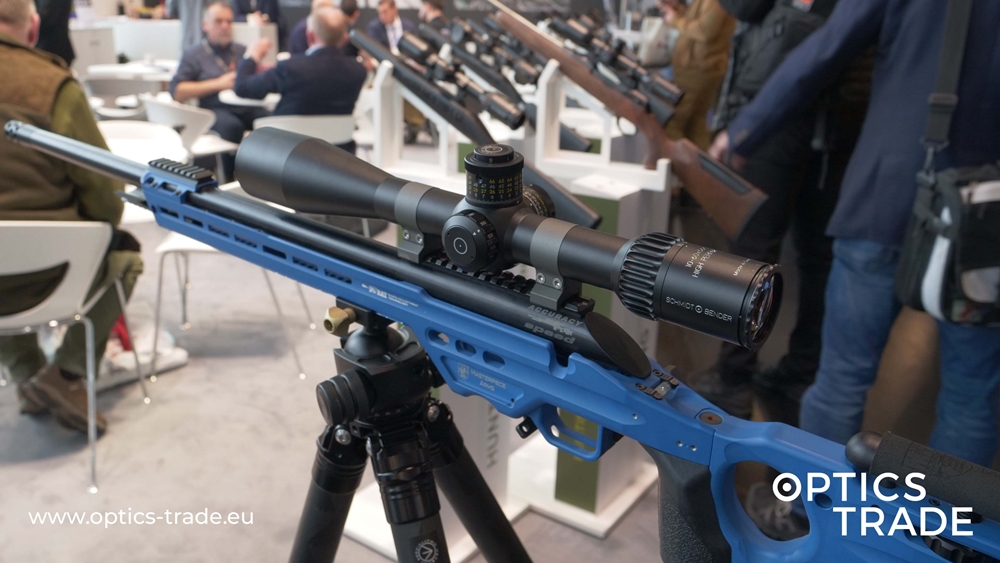
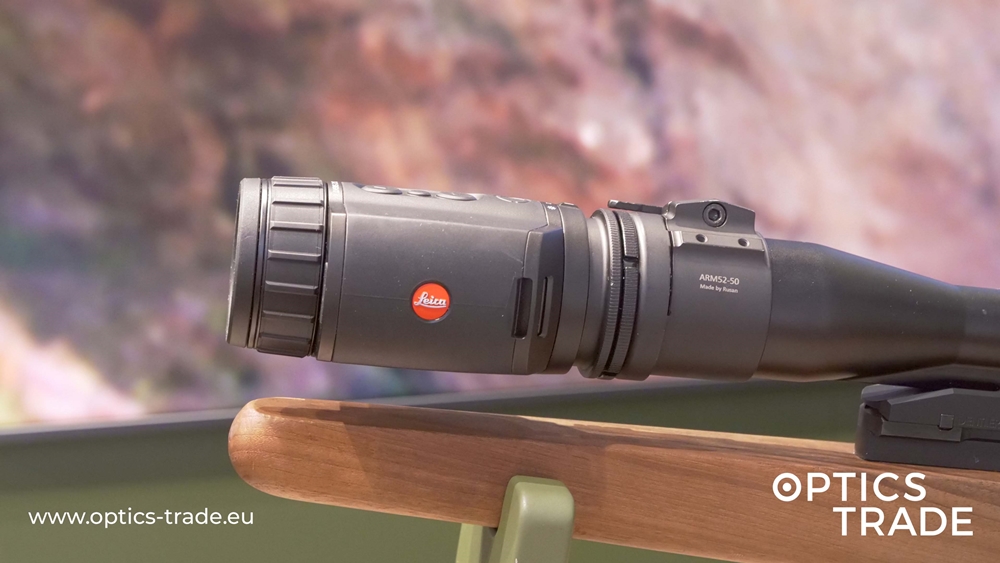


How does the optical scope focus on the thermal LCD screen? Are there optics in the adapter? Thanks for any input. -Rich